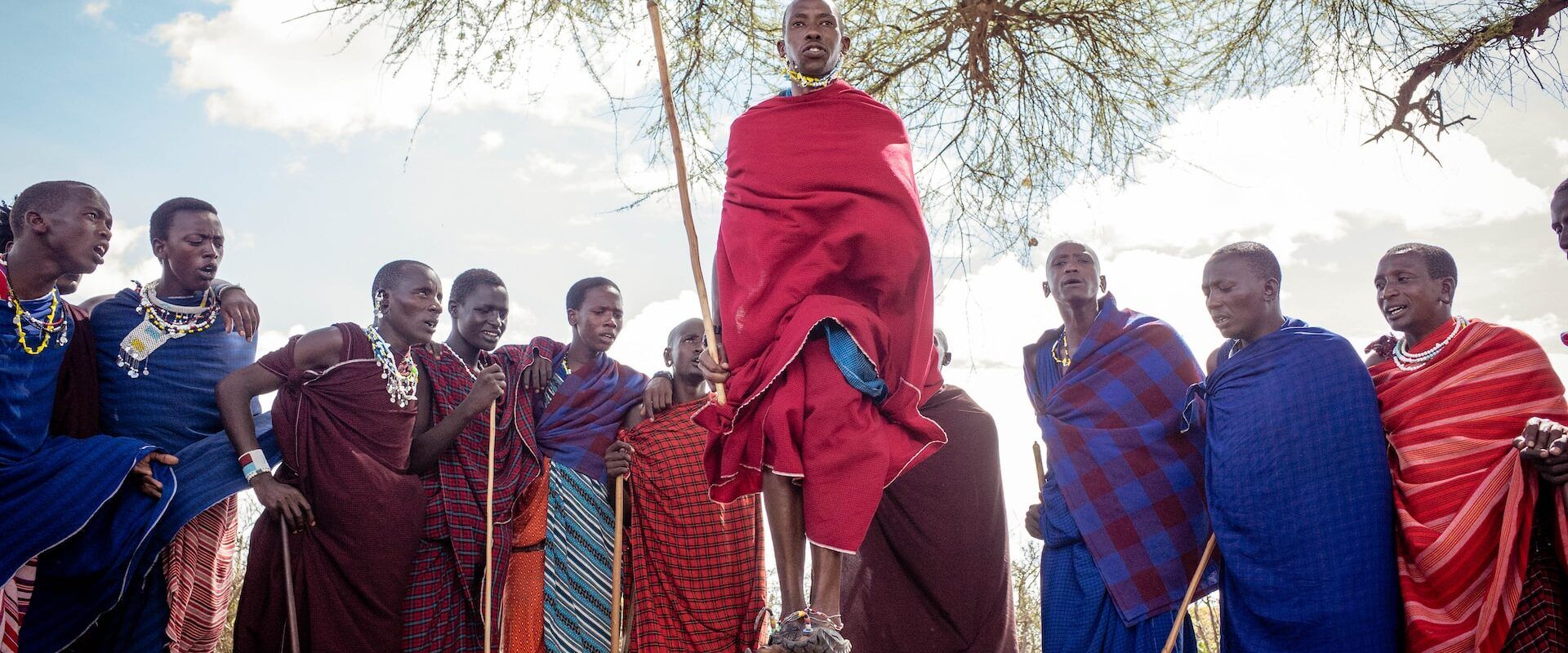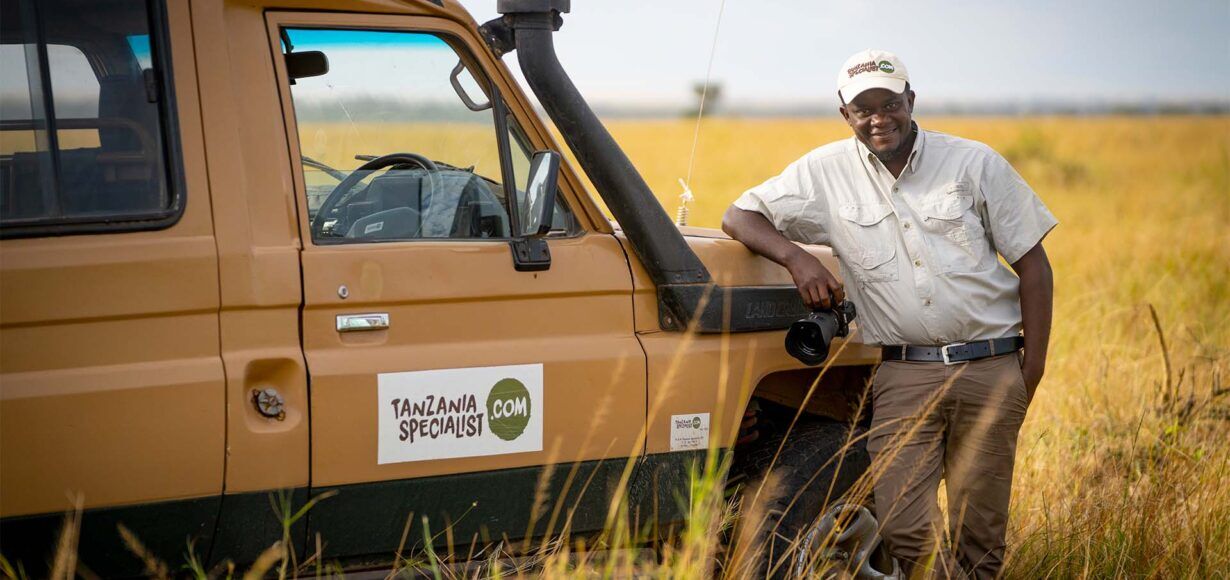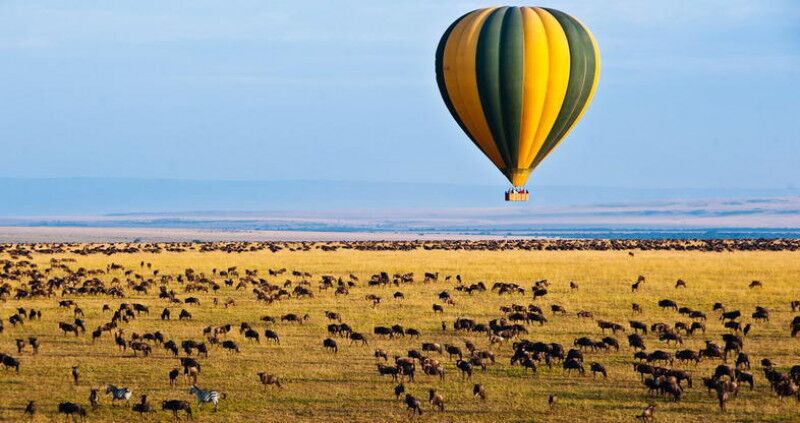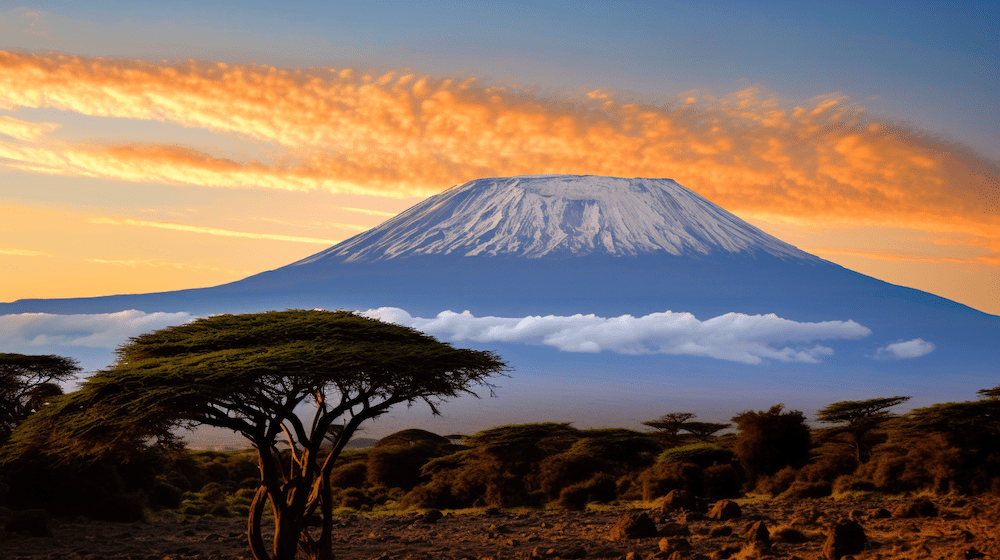
30 November 2023
Tanzania is known for its rich cultural diversity, with more than 100 distinct ethnic groups and tribes. The majority of Tanzania’s tribes come from Bantu origin, which represents about 95% of the country’s population.
The rest of the tribes comprise Nilotic speakers and indigenous hunter and gatherer descendants. A small percentage of Tanzanians is from Arabic and Indian descent, mostly in the coastal regions, Dar es Salaam and Zanzibar.
A short historical overview
The history of tribes in Tanzania can be traced back to the Khoisan-speaking hunter-gatherers, presumed to be the earliest inhabitants of Tanzania. Over centuries, waves of diverse tribes migrated into the region, mostly Bantu-speaking people from West and Central Africa. They introduced ironworking and new agricultural skills, significantly influencing the landscape of tribal ethnicity in Tanzanian society.
Major Tribes in Tanzania
In Tanzania, there are still tribes living in the traditional way, mostly in the villages. In urban areas (but also some other places), many tribes are mixed and people live a more modern lifestyle. They still identify as being part of their tribe, but live in normal houses, in areas mixed with other tribes and religions.
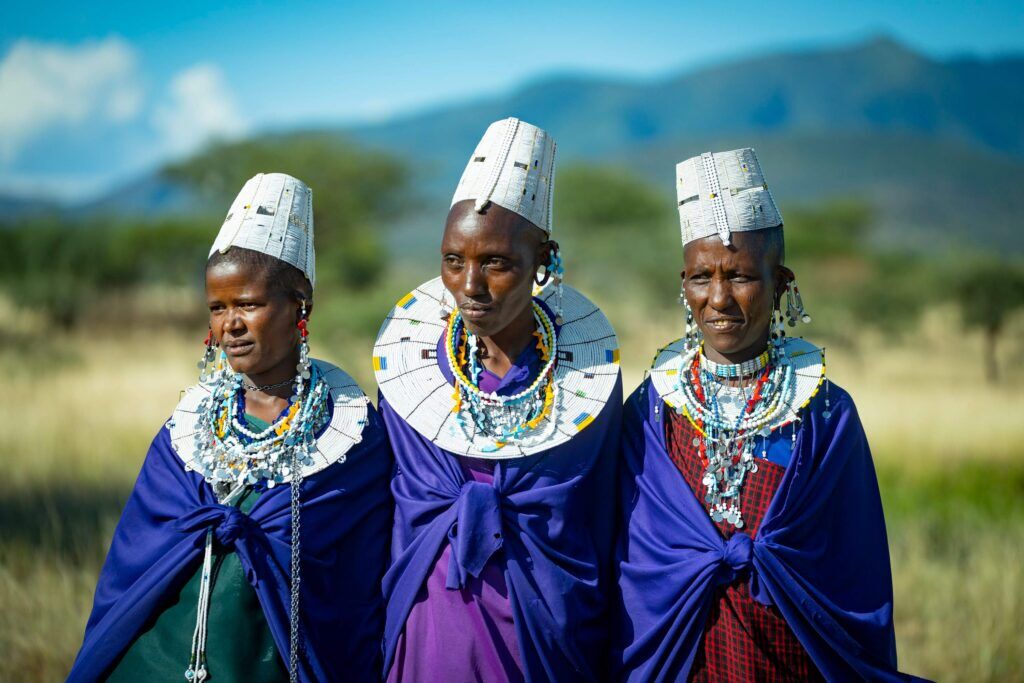
The major tribes in Tanzania include:
The Sukuma
The Sukuma are the largest ethnic group in Tanzania, residing in the northwestern regions of the country, primarily within the administrative districts of Mwanza and Shinyanga. Some Sukuma also live in Tabora, Dodoma, and Singida provinces.
Together with the Chagga, they are the strongest and most influential tribes in business and politics, together with Indian and Arab minorities.
While there is limited historical documentation available about the Sukuma, it is believed that their ancestors originated from the Bantu-speaking populations in West Africa. Their migration to their current location in Tanzania occurred over a period of centuries.
Historically agriculturalists, the Sukuma primarily grow crops and engage in small-scale farming. They are known for their dance, the ‘Bugobogobo’, the snake dance, an essential element within many of their medicinal and spiritual rituals.
The Nyamwezi
In Western Tanzania, the Nyamwezi tribe stands as the second-largest ethnic group after the Sukuma. Their name, Nyamwezi, translates to “people of the moon,” an attribute attesting to their ancient traditions of moon worship.
It is believed that the Nyamwezi people settled in west-central Tanzania in the 17th century. The tribe consisted of several kingdoms in the early 19th century, like Unyanyembe, Ulyankhulu, and Urambo.
Unyanyembe was particularly influential as it controlled Tabora, a significant trading city, and had close relations with the Arabs of Zanzibar. Throughout their history, the Nyamwezi people engaged in long-distance trade and exploration.
In traditional Nyamwezi society, ancestral spirits played a pivotal role in everyday life. Ancestors were believed to have the power to affect the living positively or negatively, and various rituals and forms of worship were aimed at appeasing these spirits.
The Chagga
The Chagga, also known as Wachaga in Swahili, are a Bantu ethnic group hailing from the Kilimanjaro Region of Tanzania.
They represent the third-largest ethnic group in the nation. The Chagga were traditionally organized into sovereign states which existed on the slopes of Mount Kilimanjaro before colonization.
This region, historically known as Chaggaland or Uchaggani in Swahili, embodied a collection of Bantu kingdoms that existed before colonial rule.
The Chagga have a rich cultural history, marked by local traditional rulers known as ‘Mangi.’ They live in homesteads called Kihamba, which are family plots of land that have been passed down through generations.
The Chagga are a powerful tribe, and Arusha / Moshi a powerful region. Some people still live traditionally, but many have also built beautiful, modern houses.
The Maasai
In contradiction, the Maasai (and a few other tribes like the hadzabe) still mostly live traditionally. Even when they come to the city, they tend to wear their traditional clothes, stick together and speak their own language.
The Maasai people are believed to have their roots in the Nile Valley in North Africa. Around the 15th century, they started to move South, eventually reaching present-day Kenya and Tanzania. During the late 17th and 18th centuries, the Maasai were at their zenith, dominating much of East Africa’s landscapes.
Noted for their distinctive customs and dress, the tribe maintains a semi-nomadic lifestyle, majorly relying on livestock herding.
The Maasai are easily recognizable with their dress code (Shuka), beaded jewellery, and the remarkable practice of body modification, like ear-piercing and stretching.
An important cultural event is the warrior initiation ceremony, known as ‘Eunoto,’ where young Maasai men transition to elderhood, granting them new responsibilities within the tribe.
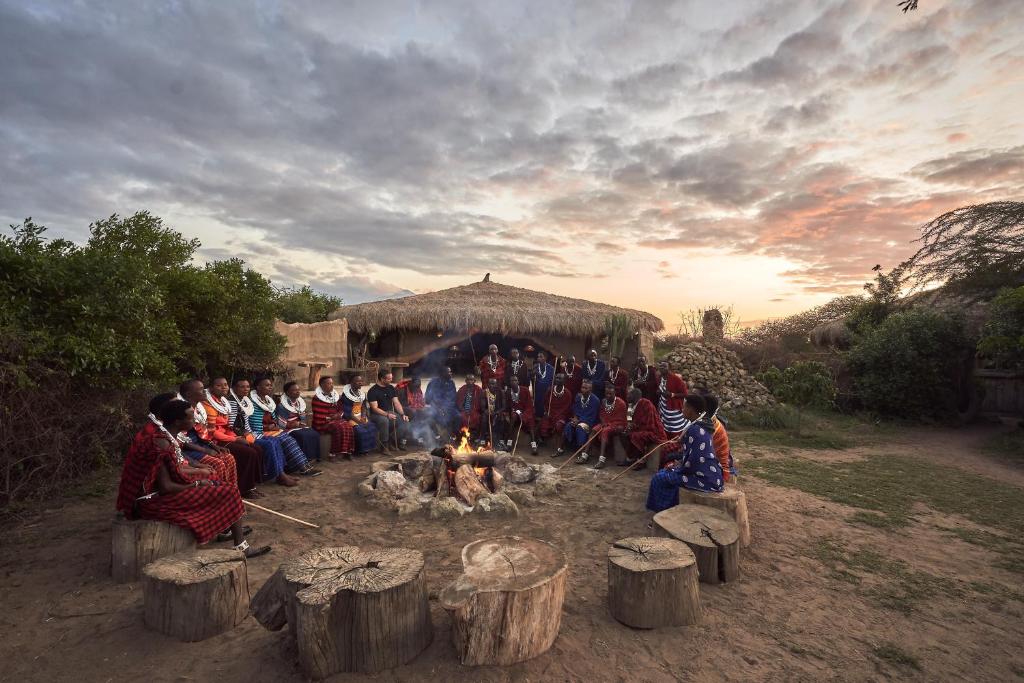
The Hehe
The Hehe tribe, known for their resilience and warrior traditions, dominate the Iringa Region in south-central Tanzania.
Historically, the Hehe were formed from several older communities in the 19th century, uniting under their famous leader, Chief Mkwawa. This unity was primarily to resist external threats, especially from slave traders and European colonists.
This element of their cultural heritage is notable and remembered even today.
Socially and economically, the Hehe people engage mainly in farming and animal husbandry.
The Gogo
The Gogo tribe consists of a Central Bantu ethnic group residing in the Dodoma Region of central Tanzania. They are part of the wider Bantu peoples who migrated across Africa approximately 2,000 to 3,000 years ago.
The Gogo people are as diverse and vibrant as their history. They are known for their traditional music, featuring local instruments like the Zeze (a two-stringed instrument), a variety of drums, and the unique Ndono, a single string instrument made from a calabash.
The Haya
Residing in the Kagera region near the shores of Lake Victoria, the Haya people have a rich cultural history.
Also known as Wahaya in Swahili, they are believed to have descended from a group of iron-using agriculturists who expanded into different parts of Africa. This is very interesting because these Iron Age people sharpened out a future that would lead to the Haya people we know today.
Experts believe they began producing steel, or hard metal, as far back as 2000 years ago. This means that these early people had discovered really clever ways to mix metals to make it before many others around the world.
The Haya tribe is known for their unique architecture, which includes large roundhouses made of mud and thatch, called the mushonge.
Other Tribes you may have heard of
The Zaramo
The Zaramo tribe, known for its strong matrilineal society, predominantly inhabits the coastal region of Tanzania, centring around Tanzania’s biggest city, Dar es Salaam. The Zaramo people practice a blend of traditional religions and Islam, which has been prevalent in this region since the 18th century.
As farmers and fishermen, the Zaramo cultivate staple crops such as corn, rice, beans, and cassava. Besides agriculture, the tribe is adept at artistry and craftsmanship.
Their artistic expressions include pottery and wood carving. They also practice a form of dance known as Mdundiko.
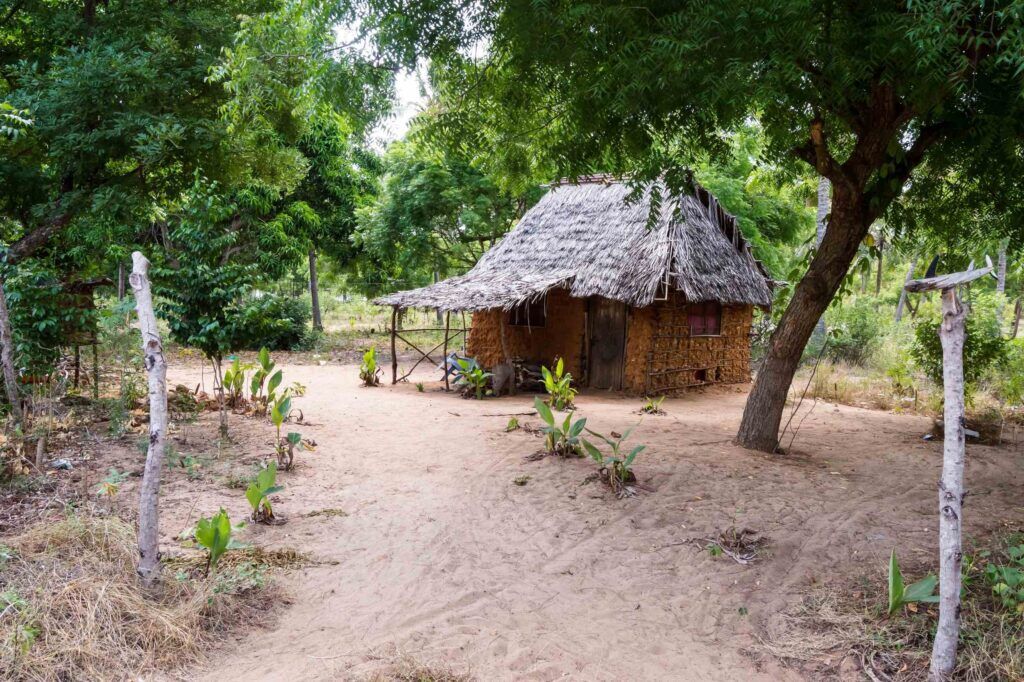
The Makonde
Originating from Mozambique, the Makonde tribe settled in the southern part of Tanzania, particularly the Mtwara region.
The Makonde people are world-renowned for their skills in woodcarving and intricate artwork on ebony wood, featuring human and animal forms as well as abstract pieces.
The tribe possesses a matrilineal lineage system, with remarkable importance given to a woman’s side of the family. The Makonde also have an annual initiation ceremony, known as Nguvumali, where young boys and girls transition into adulthood, marked by traditional teachings and symbolic rituals.
The Pare
Living in North-East Tanzania, the Pare tribe is divided into two subgroups—the Asu and Chasu. The Pare mountains provide an ideal environment for their agricultural lifestyle, noted for growing bananas, beans, maize, and coffee.
The Pare people have a unique social structure consisting of independent small polities, each headed by a hereditary ruler, indicating their political organization’s complexity.
A significant cultural highlight is the Ijanja dance, a traditional performance incorporating rhythmic movements and sounds that create an alluring spectacle.
The Makua
Although predominantly found in Mozambique, the Makua tribe also has a considerable presence in Tanzania, particularly in the Mtwara region.
Their societal structure is traditionally patriarchal, with significant emphasis on male lineage. Culturally, the Makua tribe is known for its weaving, with men creating mats and women baskets.
They are also well-known for their music and dance, incorporating complex rhythms and melodies into their performances.
The Zigua
The Zigua people, located in the Tanga region of Tanzania, are an ethnic group with strong agricultural practices, largely cultivating rice, millet, cassava, and regular fishing in the coastal areas.
Historically, the Zigua people played a significant role in long-distance trade along the caravan routes between the East African coast and Lake Tanganyika.
In the Zigua culture, dance and music hold a prominent place in their traditional rituals and ceremonies. One such event is the “Ukala” dance, which is a hunting dance. Utilizing instruments such as drums and rattles, the performers enchant their audiences through a combination of rhythmic sounds and chants.
Lesser-Known Tribes
Hadza and Sandawe
The Hadza and Sandawe tribes, considered indigenous tribes in Tanzania, continue to live a hunter-gatherer lifestyle. They are noted for their unique ‘clicking’ languages, sharing similar linguistic features with the Khoisan languages spoken by the definitive San people of Southern Africa.
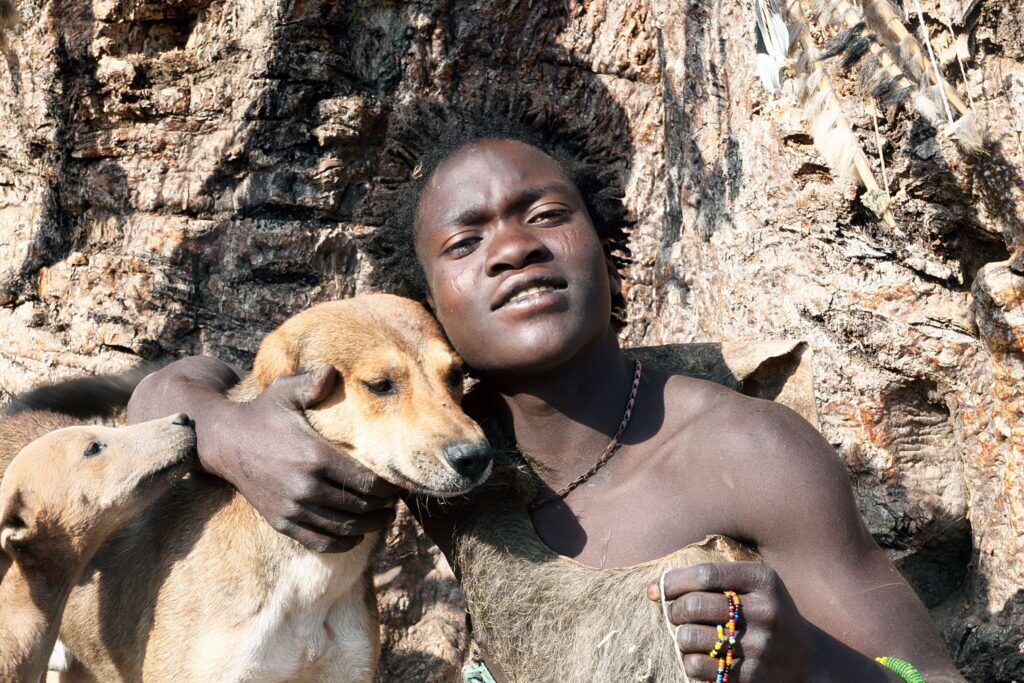
Iraqw
Set apart in the cool highlands of North Central Tanzania, the Iraqw tribe has maintained its distinctive Cushitic language, a tongue different from Tanzania’s predominant Bantu, Nilotic, and Khoisan languages. The Iraqw are primarily agriculturalists, leveraging their understanding of the region’s fertile volcanic soil to cultivate an array of crops.

Wrapping Up
Each Tanzanian tribe infuses the country with its unique cultural, historical, and social attributes. Together, they exemplify the rich diversity that Tanzania offers, echoing a genuinely African tapestry of tribal cultures that is not merely surviving but thriving within the geographical confines of this East African nation.
